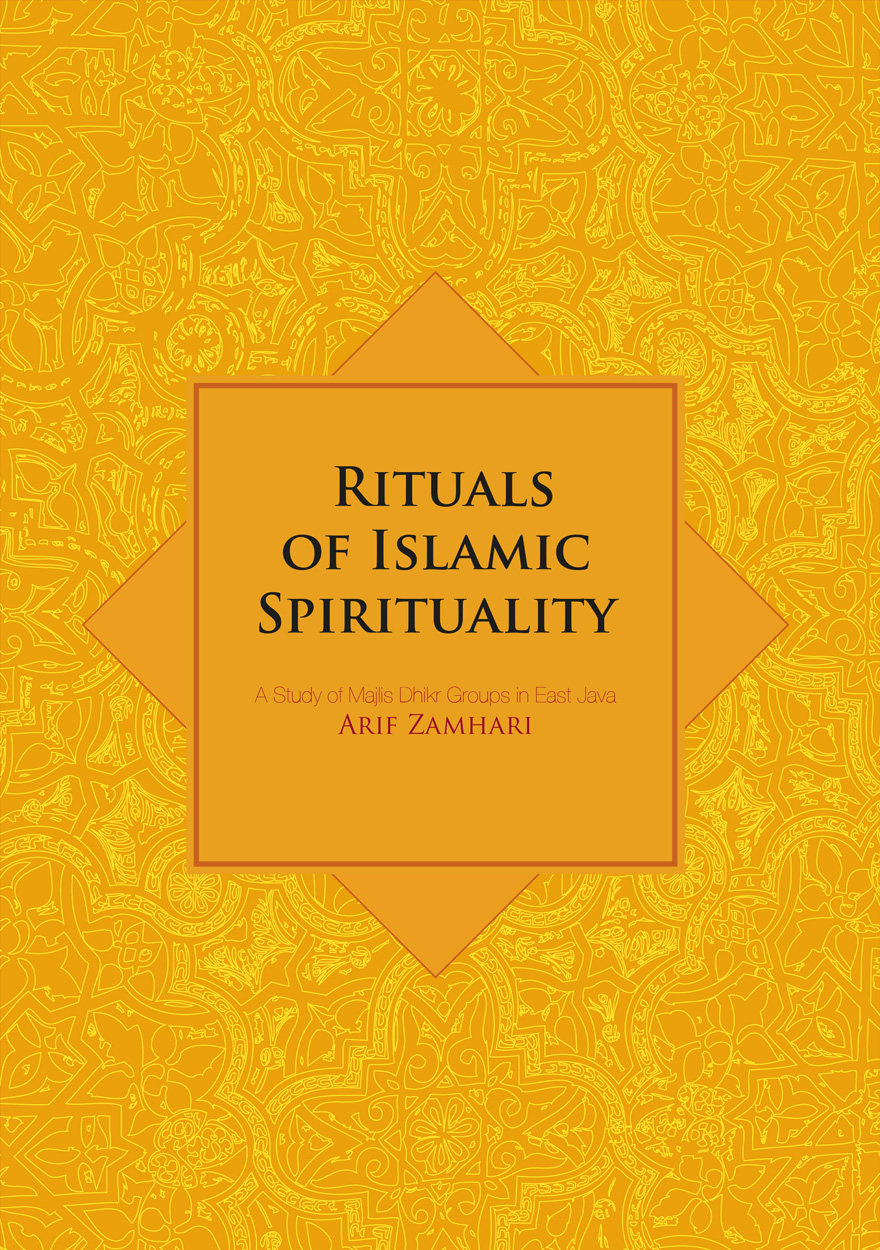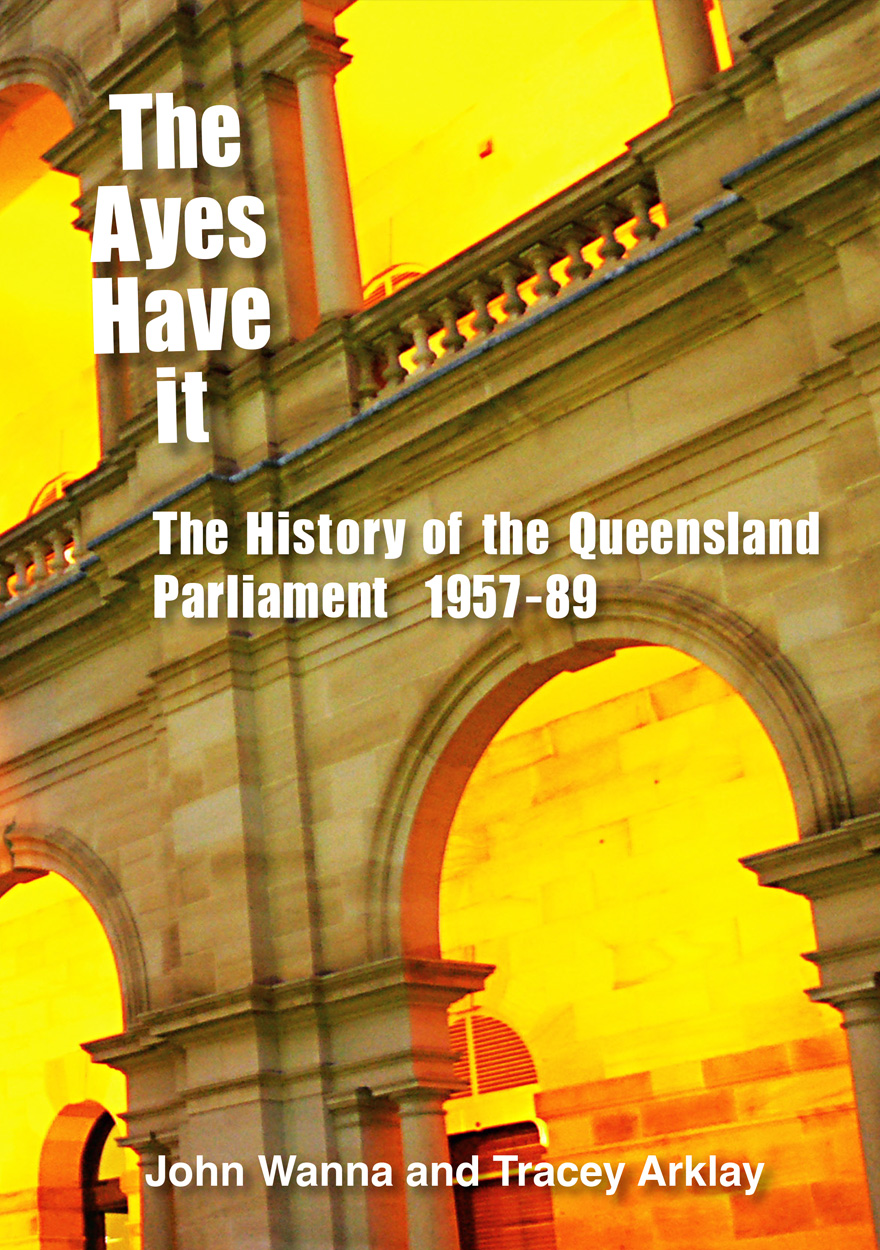Books
Browse or search ANU Press' range of books or find out more about the publications' authors and co-publishers. Download the book for free or buy a print-on-demand copy.
Displaying results 591 to 600 of 780.

Reconciliation and Architectures of Commitment »
Sequencing peace in Bougainville
Authored by: John Braithwaite, Hilary Charlesworth, Peter Reddy, Leah Dunn
Publication date: September 2010
Following a bloody civil war, peace consolidated slowly and sequentially in Bougainville. That sequence was of both a top-down architecture of credible commitment in a formal peace process and layer upon layer of bottom-up reconciliation. Reconciliation was based on indigenous traditions of peacemaking. It also drew on Christian traditions of reconciliation, on training in restorative justice principles and on innovation in womens’ peacebuilding. Peacekeepers opened safe spaces for reconciliation, but it was locals who shaped and owned the peace. There is much to learn from this distinctively indigenous peace architecture. It is a far cry from the norms of a ‘liberal peace’ or a ‘realist peace’. The authors describe it as a hybrid ‘restorative peace’ in which ‘mothers of the land’ and then male combatants linked arms in creative ways. A danger to Bougainville’s peace is weakness of international commitment to honour the result of a forthcoming independence referendum that is one central plank of the peace deal.

Sex Discrimination in Uncertain Times »
Edited by: Margaret Thornton
Publication date: September 2010
This collection of essays arose from a conference held to mark the silver anniversary of the Australian Sex Discrimination Act (1984). The collection has two aims: first; to honour the contributions of both the spirited individuals who valiantly fought for the enactment of the legislation against the odds, and those who championed the new law once it was passed; secondly, to present a stock-take of the Act within the changed socio-political environment of the 21st century.
The contributors present clear-eyed appraisals of the legislation, in addition to considering new forms of legal regulation, such as Equality Act, and the significance of a Human Rights Act. The introduction of a proactive model, which would impose positive duties on organisations, is explored as an alternative to the existing individual complaint-based model of legislation. The contributors also pay attention to the international human rights framework, particularly the Convention on the Elimination of all Forms of Discrimination against Women and the UN Declaration on the Rights of Indigenous People. The essays are illuminated by recourse to a rich vein of historical and contemporary literature. Regard is also paid to the comparative experience of other jurisdictions, particularly the UK and Canada.

Soeharto's New Order and Its Legacy »
Essays in honour of Harold Crouch
Edited by: Edward Aspinall, Greg Fealy
Publication date: August 2010
Indonesia’s President Soeharto led one of the most durable and effective authoritarian regimes of the second half of the twentieth century. Yet his rule ended in ignominy, and much of the turbulence and corruption of the subsequent years was blamed on his legacy. More than a decade after Soeharto’s resignation, Indonesia is a consolidating democracy and the time has come to reconsider the place of his regime in modern Indonesian history, and its lasting impact. This book begins this task by bringing together a collection of leading experts on Indonesia to examine Soeharto and his legacy from diverse perspectives. In presenting their analyses, these authors pay tribute to Harold Crouch, an Australian political scientist who remains one of the greatest chroniclers of the Soeharto regime and its aftermath.

Bridging the ‘Know–Do’ Gap »
Knowledge brokering to improve child wellbeing
Publication date: August 2010
Today’s children are tomorrow’s citizens. Good health and well-being in the early years are the foundations for well-adjusted and productive adult lives and a thriving society. But children are being let down in Australia and elsewhere by the lack of knowledge transfer between the worlds of research, policy and practice. Improving such transfer is the job of knowledge brokers – the various ways they can operate are explored in this book through case examples and the lessons learned from experienced proponents. The book concludes by posing three sets of ideas to shape the future of knowledge brokering.

The Future of Audit »
Keeping Capital Markets Efficient
Publication date: August 2010
At a time when increased independence requirements for auditors, legal backing for auditing standards, and increased audit documentation requirements have occurred, this book examines key issues in the market for audit services in Australia. It investigates issues including: the understandability of audit and the state of the audit expectations gap; auditors’ business acumen and industry expertise; the auditors’ use of materiality; whether or not the increasingly prescriptive nature of auditing is creating a distraction from the ‘real’ audit task and stifling auditors’ judgement; whether or not CLERP 9 reforms involving audit partner rotation and restrictions on non-audit service provision are efficient and effective and reactions to the increasing scrutiny of auditors and audit firms by regulators. With its thorough coverage of contemporary issues, this book intersperses the authors’ summaries, interpretations and recommendations with the perceptions, expressed in their own words in order to faithfully convey their candid assessments, of users of audit reports, purchasers and suppliers of the audit product, auditing standard setters and regulators of the audit market.

China: The Next Twenty Years of Reform and Development »
Publication date: July 2010
China has made some remarkable achievements during the first three decades of economic reform and opening up, rising to become one of the world’s most dynamic and globally-integrated market economies. Yet there remains much unfinished business on the reform and development agenda, coupled with newly emerging challenges. China: The Next Twenty Years of Reform and Development highlights how the deepening of reforms in critical areas such as domestic factor markets, the exchange rate regime and the health system, combined with the strengthening of channels for effective policy implementation, will enable China to cope with the challenges that lie ahead. These include responding to the pending exhaustion of the unlimited supply of labour; playing a constructive role in reducing global trade imbalances; enhancing firms’ ability to innovate; coping with migration, urbanisation and rising inequalities on scales unknown in world history; and dealing with rising energy and metal demand in an era in which low-carbon growth has become a necessity rather than a choice.
Chinese translation

Crisis Policymaking »
Australia and the East Timor Crisis of 1999
Authored by: David Connery
Publication date: July 2010
East Timor’s violent transition to independence, which began early in 1999, presented the Australian Government with a significant foreign policy crisis. This crisis was not sudden, totally unexpected or ultimately threatening to Australia’s survival. But the crisis consumed the attention of Australian leaders, saw significant national and international resources employed, and led to the largest operational deployment for the Australian Defence Force since the Vietnam War. This crisis also created a significant rupture in the hitherto carefully-managed relationships between Australia and its important neighbor, Indonesia. The events of September 1999 ultimately led to the birth of a new nation and the deaths of many people who might have otherwise expected to enjoy that independence.
In this major study, David Connery examines how the Australian Government—at the political and bureaucratic levels—developed and managed national security policy in the face of this crisis. The events, and the policymaking processes that both led and followed, are reconstructed using sixty interviews with key participants. This study identifies certain characteristics of crisis policymaking in Australia that include a dominant executive, secrecy, external actors and complexity.

Fiducial Governance »
An Australian republic for the new millennium
Authored by: John Power
Publication date: July 2010
Fiducial Governance: An Australian republic for the new millennium represents an attempt to grapple with the challenges of designing governance regimes suited to the new millennium. Power’s monograph asserts the need for the reform of Australian governance and charts Australia’s fitful progress towards a republican future. Along the way he sketches a framework for constitutional reform, mindful of the strengths and weaknesses of the current system of government and the contest of ideas about the role and configuration of Australian Heads of State. Long a frustrated Australian republican, Power contends that the republican log jam is due in significant part to a lack of respect shown by the republican policy community to the contribution long made to good governance by monarchical heads of state. This monograph seeks to draw lessons from this experience, so as to make the republican venture one of substance for the Australian public. In so doing, Power draws on a range of republican, indigenous and feminist writings in order to develop a new framework of ‘fiducial governance’ aimed at enhancing the trustworthiness and integrity of our institutions of governance, thereby paving the way for the replacement of the monarch by a directly elected head of state. This is an erudite and thoughtful book that will be of interest to those with an interest in systems of governance and to constitutional scholars, whether they be republicans or monarchists.

Rituals of Islamic Spirituality »
A Study of Majlis Dhikr Groups in East Java
Authored by: Arif Zamhari
Publication date: July 2010
This study examines the emergence of new forms of Islamic spirituality in Indonesia identified as Majlis Dhikr. These Majlis Dhikr groups have proliferated on Java in the last two decades, both in urban and rural areas, and have attracted followers from a wide social background. The diverse aspects of these Majlis Dhikr groups – their rituals, teachings and strategies of dissemination as well as the popular understanding of these rituals and their contestation by critics and opponents – are examined in detail and illustrated by reference to three particular groups – Salawat Wahidiyat, Istighathat Ihsaniyyat and Dhikr al-Ghafilin each of which has its own distinctive features and notable religious leadership. These Majlis Dhikr groups regard their activities as legitimate ritual practices that are in accordance with the legacy of Islamic Sufism based on the interpretation of the Qur’anic and Prophetic tradition.

The Ayes Have It »
The history of the Queensland Parliament, 1957–1989
Authored by: John Wanna, Tracey Arklay
Publication date: July 2010
‘The Ayes Have It’ is a fascinating account of the Queensland Parliament during three decades of high-drama politics. It examines in detail the Queensland Parliament from the days of the ‘Labor split’ in the 1950s, through the conservative governments of Frank Nicklin, John Bjelke- Petersen and Mike Ahern, to the fall of the Nationals government led briefly by Russell Cooper in December 1989. The volume traces the rough and tumble of parliamentary politics in the frontier state. The authors focus on parliament as a political forum, on the representatives and personalities that made up the institution over this period, on the priorities and political agendas that were pursued, and the increasingly contentious practices used to control parliamentary proceedings. Throughout the entire history are woven other controversies that repeatedly recur – controversies over state economic development, the provision of government services, industrial disputation and government reactions, electoral zoning and disputes over malapportionment, the impost of taxation in the ‘low tax state’, encroachments on civil liberties and political protests, the perennial topic of censorship, as well as the emerging issues of integrity, concerns about conflicts of interest and the slide towards corruption. There are fights with the federal government – especially with the Whitlam government – and internal fights within the governing coalition which eventually leads to its collapse in 1983, after which the Nationals manage to govern alone for two very tumultuous terms. On the non-government side, the bitterness of the 1950s split was reflected in the early parliaments of this period, and while the Australian Labor Party eventually saw off its rivalrous off-shoot (the QLP-DLP) it then began to implode through waves of internal factional discord.



